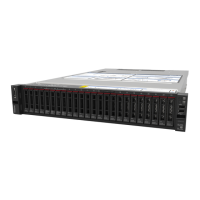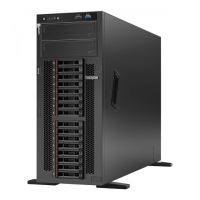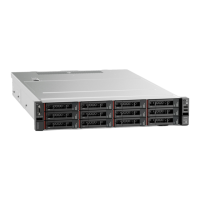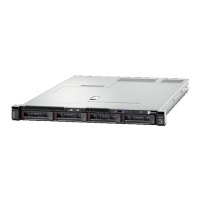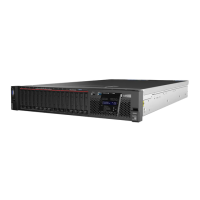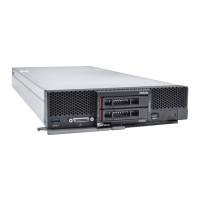1.
At the storage system prompt, switch to the LOADER prompt:
halt
2.
Enter the following command at the LOADER prompt:
boot_diags
You must run this command from the LOADER prompt for system-level
diagnostics to function properly. The boot_diags command starts special
drivers designed specifically for system-level diagnostics.
3.
Run diagnostics on the device causing problems by entering the following command:
sldiag
device run [-dev devtype|mb|slotslotnum] [-name device]
◦ -dev devtype specifies the type of device to be tested.
▪
ata is an Advanced Technology Attachment device.
▪
bootmedia is the system booting device..
▪
cna is a Converged Network Adapter not connected to a network or storage device.
▪
env is motherboard environments.
▪
fcache is the Flash Cache adapter, also known as the Performance Acceleration Module
2.
▪
fcal is a Fibre Channel-Arbitrated Loop device not connected to a storage device or
Fibre Channel network.
▪
fcvi is the Fiber Channel Virtual Interface not connected to a Fibre Channel network.
▪
interconnect or nvram-ib is the high-availability interface.
▪
mem is system memory.
▪
nic is a Network Interface Card not connected to a network.
▪
nvram is nonvolatile RAM.
▪
nvmem is a hybrid of NVRAM and system memory.
▪
sas is a Serial Attached SCSI device not connected to a disk shelf.
▪
serviceproc is the Service Processor.
▪
storage is an ATA, FC-AL, or SAS interface that has an attached disk shelf.
▪
toe is a TCP Offload Engine, a type of NIC.
◦
mb specifies that all the motherboard devices are to be tested.
◦ `slot`slotnum specifies that a device in a specific slot number is to be tested.
◦ -name device specifies a given device class and type.
4.
View the status of the test by entering the following command:
sldiag device status
Your storage system provides the following output while the tests are still running:
118

